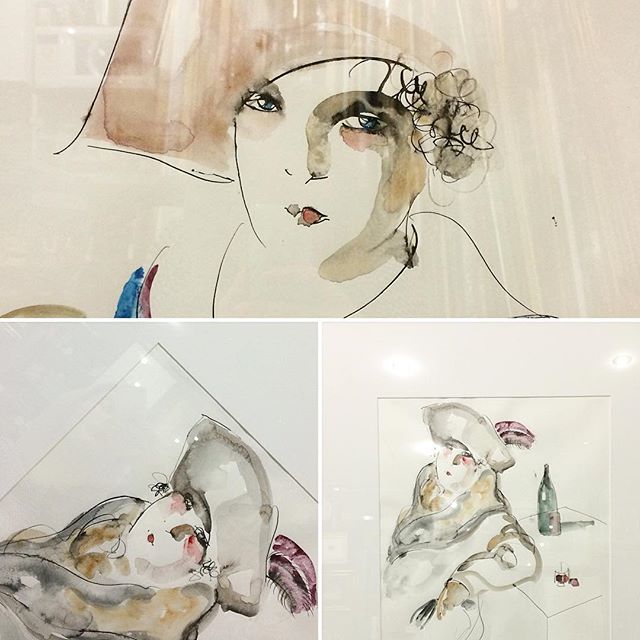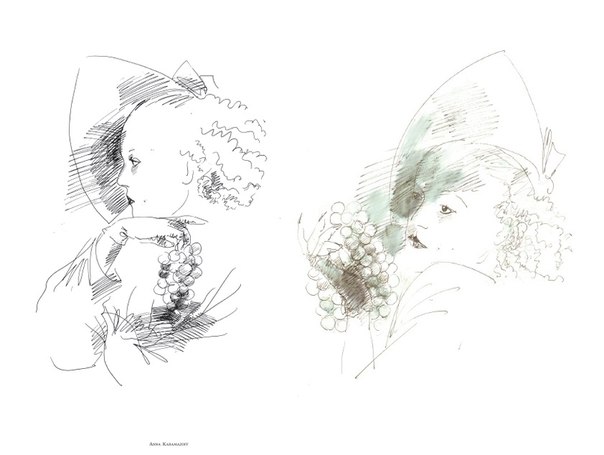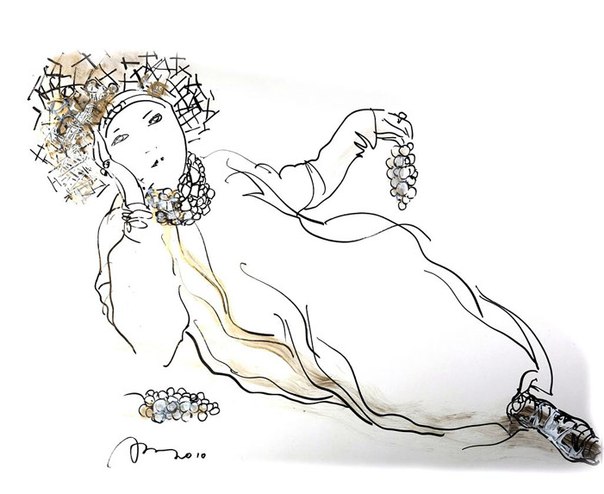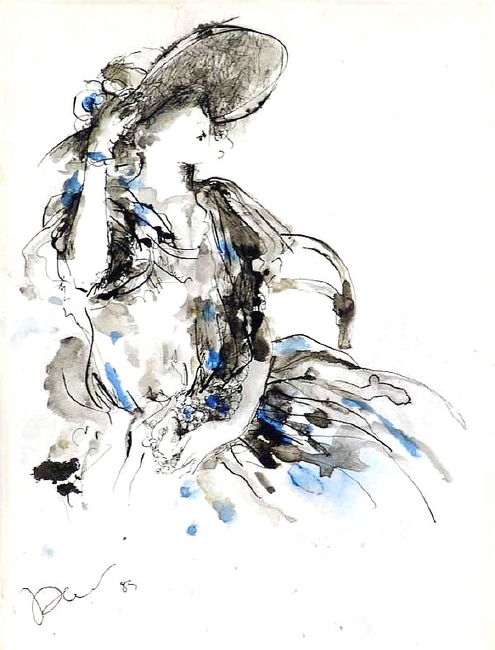Rustam Khamdamov's art

{module Ads Elite (xx)}
Rustam Khamdamov is a legend. Khamdamov's art of drawing and painting, already recognized by connoisseurs, would probably be as famous as his films. Rustam Khamdamov became the first Russian artist whose paintings have become part of the collection of the Hermitage. His works of art are featured in the State Tretyakov Gallery, Zimmerli Art Museum at Rutgers University, the National Gallery in Italian Ravenna. His art is presented in private collections in different parts of the world. Exhibitions, worldwide recognition of the world's critics – today Hamdamov’s drawings become a real treasure, and always give to artistic aesthetes a guarantee for the enjoyment.

Rustam Khamdamov says: "Eternity is beautiful only when fragile." The tradition of symbolism at the turn of XIX—XX centuries here shines quite clearly and definitely. Here is a ink drawing. Sharp and refreshing mix of European culture of the picture with the enjoyment of the physicality of forms and Japanese prints with the fine sense of understatement and meditative calm. It became possible to combine them due to same impulsive energy of brush and pen, and most of all — the author's wish to establish a dialogue between sign and form, calligraphy and plastic arts. In these solid works there is a "inner" color, it is invisible, but can be felt. The Monochrome world goes away in a memory area and world of colors is coming. And it becomes clear that the human figure is beautiful when you can admire all bends and transitions of body shape, melting in a mirage shimmering of white sheet.

Here the technique is complicated because of layer upon layer of complex structure. Such a complex structure of the "material" part of painting gives subsequent versions of images-layers, which is associated with postmodern consciousness. The technique itself is deeply symbolic and intriguing. But in this chaos there is an internal structure, management, like nature, all inside the image field. Canvas — only kind of screen surface. Over a thin layer of mirage images — shots from the film, which barely show through under the paint layer, — simultaneously primordial and transforming the world, but the master creates a likeness of the world. Images make themselves discernible, one after another, through the veil of memories. But why memories, after all? What we see is reality — a reality of art created on canvas or paper, with oils, pencils or watercolours.

The artist plays with the world, which "echoes" the first, and primary, like a magician, gives the viewer a magic pipe with colored lense, then increasing, then allocating individual fragments and give forming them thanks to the color filters of different color images. The images are suddenly full of what used to be frankly called a charm, semantically complex. "Screen plane" of the canvas in European traditions can be seen as an abstraction, and intended to transmit real images the visible world, and Plato's philosophical theatre "shadows of things". And here's one understanding of "screen" multiplied by another. All of them are different forms of the created world, and their layers show how personal experience of "making movies" (meaning "In the mountains my heart", "Unexpected joy" and especially "Anna Karamazoff," for the footage taken from it) interlocks with the other. The concept of the "trace" of one creative process in a different one also has a complicated semantic.
Rustam Khamdamov is wonderful artist, refined esthete, and it is an amazing colorist. Sometimes, in his enthusiasm, the artist came almost to abstraction, but he keeps loyalty to his basic grounds.

Source: http://www.frivolette.com/travel/hotels/hotel-montmartre-mon-amour

